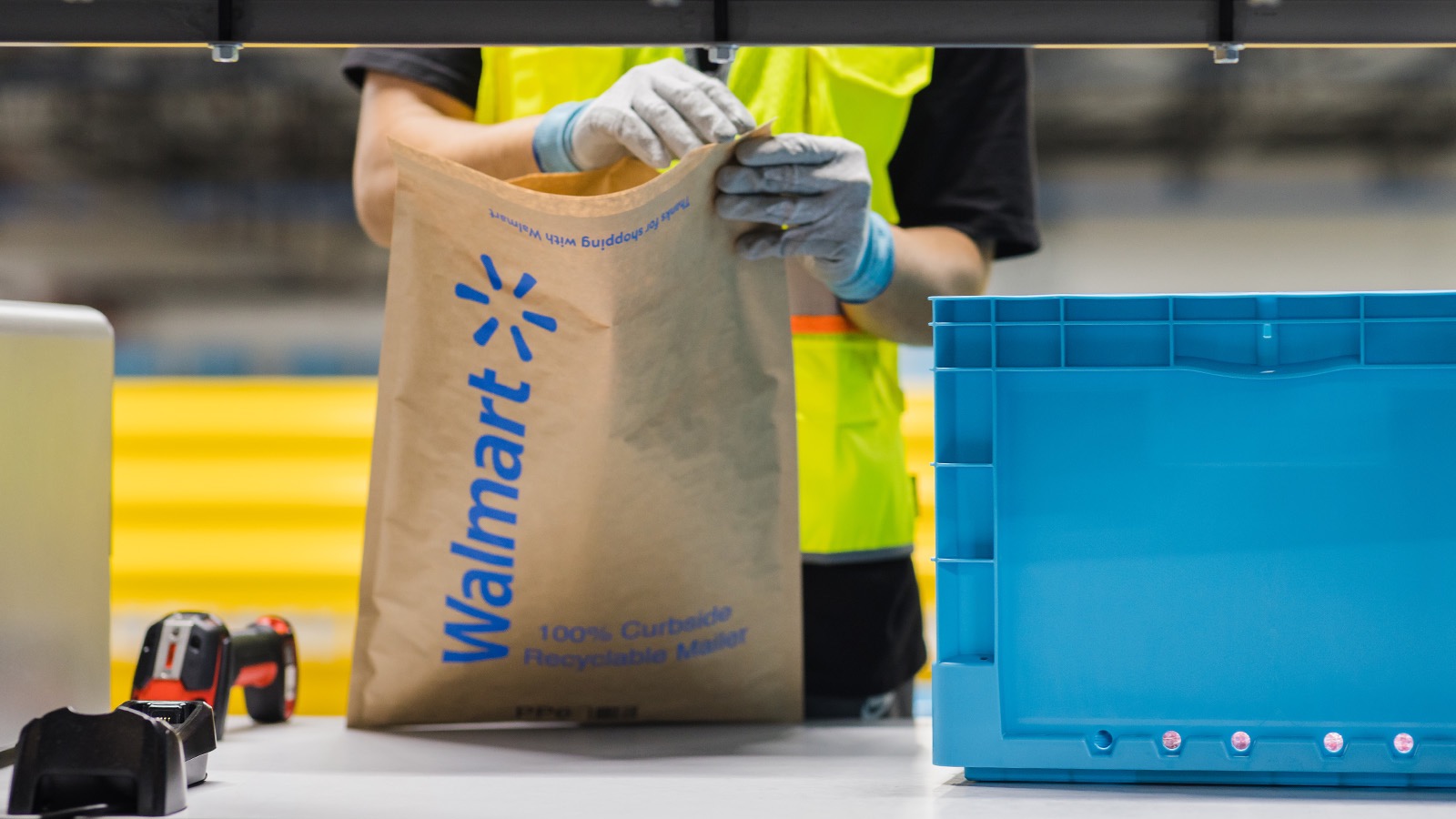
Sustainability has moved from a nice idea to a global necessity. In 2025, the pressure on governments, companies, and communities to take real climate and environmental action is greater than ever. Extreme weather, resource shortages, and growing public demand for corporate accountability are forcing businesses to rethink how they operate.
But here’s the catch: while more companies are making promises, not all are delivering. Regulators and consumers are now quick to call out greenwashing when businesses exaggerate their eco-friendly efforts. So the question is: what does true sustainability look like, and how can companies get there?
Research from MIT Sloan Management Review shows that businesses that take sustainability seriously, what the study calls high sustainability companies outperformed peers by 4.8% in stock market returns and were less volatile in performance. This means sustainability isn’t just about saving the environment, it’s also smart business.
Climate Change

The most urgent sustainability issue in 2025 is climate change. The year 2024 ranked among the hottest ever recorded. Global temperatures surged past critical thresholds, triggering heatwaves, floods, and wildfires.
In 2024, Brazil recorded close to 279,000 wildfire incidents which is the highest in South America. Bolivia ranked second in the region, with more than 90,000 outbreaks.
These are not just natural disasters, they are economic and business disruptors. Entire supply chains have been interrupted, crops destroyed, and factories forced to close. Insurance costs are climbing, and investors are increasingly concerned about climate risk.
For businesses, climate change is no longer a distant threat, it is a financial risk today. Companies that fail to plan for rising temperatures, stricter emissions rules, and shifting consumer preferences may find themselves left behind. On the other hand, those investing in low-carbon operations and resilient infrastructure are better placed to weather the storm.
Why Sustainability Matters for Business?
Sustainability used to be seen as a public relations exercise or a compliance obligation.
Companies with strong sustainability strategies report benefits such as:
- Lower operating costs through energy savings and waste reduction.
- New revenue streams from green products and services.
- Stronger customer loyalty and brand reputation.
- Greater resilience in the face of climate risks and resource shortages.
- Better employee engagement and talent retention.
The MIT Sloan research found that high-sustainability companies not only had stronger cultures but also outperformed peers by nearly 5% in stock market returns over an 18-year period. In other words, being sustainable pays.
Step 1: Reframe the Company’s Identity
The first step toward becoming a sustainable company is changing how the business sees itself. This means moving from a narrow focus on short-term profits to a broader purpose that balances financial, environmental, and social goals.
According to the research, 95% of leaders in sustainable companies integrated sustainability into basic decisions like budgets and capital investments, compared to just 30% in traditional companies.
Leaders in sustainable firms also took a long-term view. Instead of focusing only on quick wins, they set bold, sometimes aspirational goals such as Interface Inc.’s pledge to achieve zero environmental impact. These goals inspired innovation across the organization.
Sustainable companies do not operate in isolation. They actively engage with external stakeholders such as NGOs, investors, regulators, and communities. This openness helps them anticipate risks, spot opportunities, and build legitimacy.
For example, Dow Chemical partnered with The Nature Conservancy to integrate ecosystem value into its business decisions. Walmart does something similar through its annual Sustainability Summit, where it invites suppliers to collaborate on reducing emissions and waste as part of its Project Gigaton initiative. These kinds of collaborations create stronger supply chains and reinforce commitment beyond company walls.
Step 2: Codify the New Identity
The next step is embedding sustainability into daily operations. This stage is about creating structures and systems that turn ideals into practice.
Sustainability cannot succeed without employees. Staff at all levels need to understand how their work contributes to larger goals. In sustainable companies, employees feel personally invested.
Anheuser-Busch InBev, for instance, includes sustainability targets in employee performance reviews. This alignment ensures accountability and shows that sustainability is not just a corporate slogan but part of everyone’s job.
High-sustainability companies establish systems to measure, track, and report progress. This includes embedding sustainability metrics into budgets, capital allocation, and performance evaluations.
Step 3: Build a Supportive Culture
Systems and policies are important, but culture is what makes sustainability last. The MIT Sloan research found three cultural traits that set sustainable companies apart:
- Capacity for Change: Sustainable companies excel at both small improvements and large transformations. They are comfortable taking risks, experimenting, and adjusting along the way.
- Innovation: Sustainability acts as a “forcing function” for creativity. Companies innovate not only in products but also in processes and business models. Lateral communication and openness to diverse perspectives fuel this innovation.
- Trust: Trust is the foundation of a sustainable culture. Employees must believe that leadership will honor commitments, value contributions, and reward sustainable actions. Without trust, employees will not take the risks necessary for change.
Step 4: Embrace Transparency
Sustainable companies distinguish themselves through honest reporting. Take Natura, the Brazilian cosmetics company. In its annual reports, Natura lists the sustainability targets it missed alongside those it achieved. This honesty builds credibility and encourages dialogue with stakeholders.
Transparency also helps guard against accusations of greenwashing. By sharing both warts and successes, companies demonstrate that they are serious about progress, not just optics.
Step 5: Connect Sustainability to Long-Term Value
Finally, becoming a sustainable company means recognizing that environmental and social goals are not separate from financial success, they reinforce each other.
High-sustainability companies reduce risks, cut costs, and open up new opportunities. They attract more engaged employees, loyal customers, and patient investors. As the MIT Sloan study concludes, sustainable organizations are effective at engaging stakeholders, have cultures based on innovation and trust, and a track record of implementing large-scale change.
Building a sustainable company is not easy. It requires vision, commitment, and the willingness to change deeply ingrained habits. In 2025, the companies that take sustainability seriously are not only helping the planet but also shaping the economy of the future.
Shahriena Shukri is a journalist covering business and economic news in Malaysia, providing insights on market trends, corporate developments, and financial policies. More about Shahriena Shukri.




